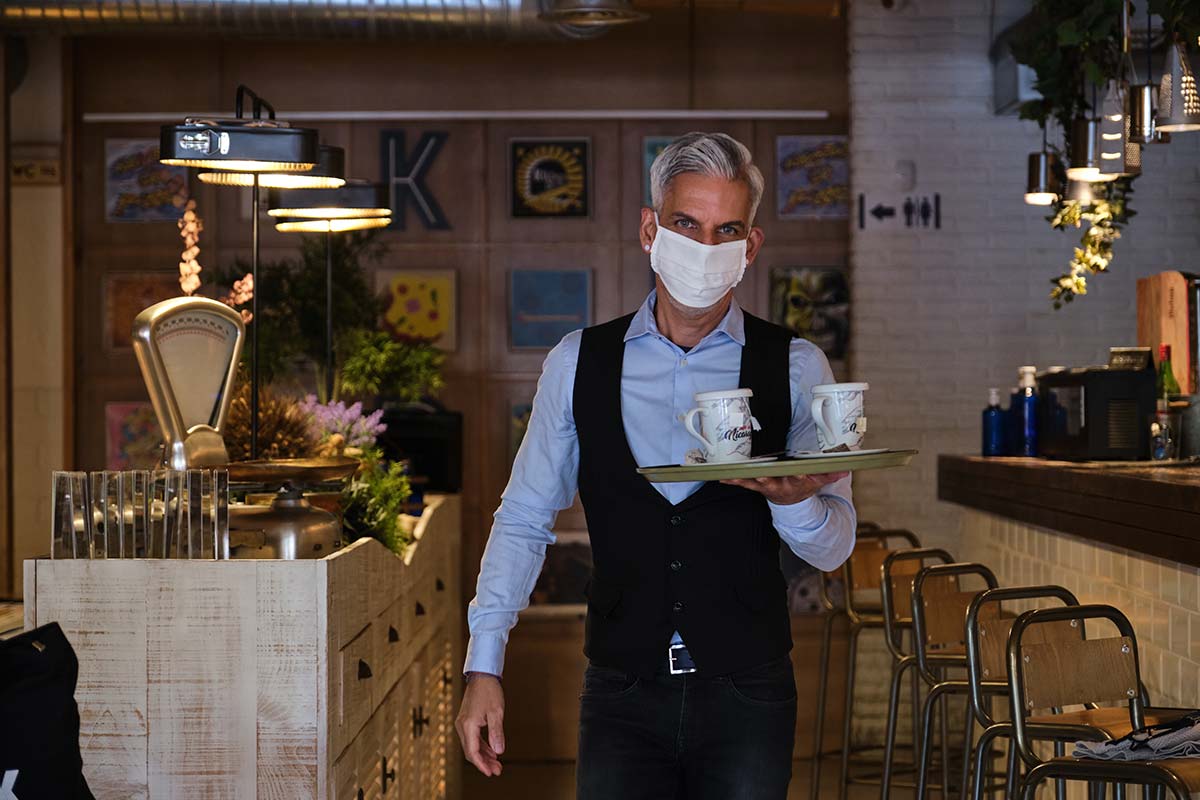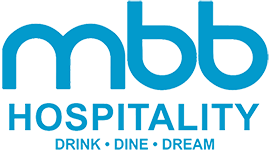
Restaurants have changed many elements of how they operate since the pandemic started. Stay at home orders, health and safety issues, and the economic fallout have forced many restaurants to take a new shape in order to make money to keep the doors open. We present a few changes and perspectives restaurants have started to take in order to stay afloat during the pandemic.
Food and Beverage
People go out to eat both to have good food and drinks, as well as to get out of the house and have someone else cook for them while they relax. As you might suspect, the number of people going out to experience a restaurant was reduced significantly, and the methods of encouraging them to order more while in the restaurant no longer worked. Many instead opted for takeout or delivery.
Cost of Food
One of the most important lessons learned during the pandemic is the lack of need for excess inventory. We probably weren’t going to cook out way through a completely full restaurant after groups left a movie theatre. Restaurant profit and loss does hang heavily on the amount of food ordered. Without a strong need for potentially excess food, losses can be eliminated by ordering only as much as needed.
Menus could also be made less complex. You’ve probably heard of restaurants offering a COVID menu of items they could readily order when supply chains tightened and they had less staff on. These menus could focus on the food one could order, and the most profitable and easy to make items possible, while still leaning on the restaurant’s most popular dishes.
Labor
One of the more important elements of running a restaurant is having people who are available to work and serve customers. Restaurants must balance paying these employees, keeping them safe, and quite possibly doing more cleaning tasks while not asking too much. A well run restaurant with dedicated employees would have less of a problem taking fewer hours or tips because they knew restaurant management would have their backs when the COVID 19 pandemic ended.
Rent
The extra price of a prime location isn’t all that important when you can only offer takeout and delivery. This unexpected challenge became hurtful for both restaurant owners simply seeking to keep their doors open and for landlords who faced delayed payments from restaurant owners who couldn’t operate like normal. Rent didn’t go up during the pandemic necessarily, so much as the payment for a cornerstone location became that much more difficult.
Delivery
Some restaurants were already fully using delivery services and third party businesses to get food to customers. Others relied purely on a well placed store front to bring in business. This website offers a great breakdown on expenses for delivery in a restaurant during the COVID 19 pandemic. Restaurants with their own digital order website or app could fare better.
The breakdown was pretty simple: With an average $10 order for one person, a restaurant formerly expected a $4, or 22% profit from an in person pickup or sit down meal. A restaurant with a local or built in delivery service would profit a bit less due to delivery fees and costs at $2. Restaurants had a hard time justifying staying open with a third party delivery service that took their profit down to around 10% with a $1 profit per order.
Making the cost of delivery make sense sense for a restaurant’s profit and losses meant making family meals to justify the delivery cost.
Dining Room
The upside and downside of the COVID 19 pandemic is that the dining room isn’t cheap to clean or maintain with labor costs, cleaning, and repair. Restaurants were under less strain to have more employees cleaning and could instead focus on the kitchen, takeout, and delivery
Obviously, this is both good and bad. The restaurant loses the diner who wishes to eat in the restaurant and the ability to make profit from their order. The restaurant also potentially loses the employee who might be laid off or work less hours when they want to work more.
New Revenue Streams
As mentioned in delivery, one leading method of earning revenue during the covid 19 pandemic is making family meals. Families were mostly stuck at home for three meals per day, with schools and sometimes even workplaces shut down. Family sized meals offered a great resource for families who didn’t want to go to the grocery store were shelves might be temporarily limited, and to spend time together for a meal during the pandemic. Better yet as mentioned, these helped use the food supplies the restaurant ordered to maintain a profit and minimize losses.
Many restaurants simply served comfort food since they had never experienced a pandemic before.
Technology
Technology in a restaurant can be very helpful. A POS software system can quickly reveal where operating expenses are leaking and where you are making the most profit by sending orders through a computer or tablet. Stores that were not technology driven had to learn through observation and trial and error. Restaurant managers also had the ability to learn what orders were coming in from home in an effort to have as few bodies in the store as possible.
Websites and technology already developed with menus could also save serious bottom line dollars if the company had an ordering system in place without third party fees.
Conclusion
Restaurants have been among the most adaptable businesses since the COVID 19 pandemic started. To stay in business, many have adjusted their business plan to better serve customer who were asked to stay home while trying to perfect their hand at offering delivery services, all while figuring out new variables to keep themselves profitable and afloat.


Leave a Reply